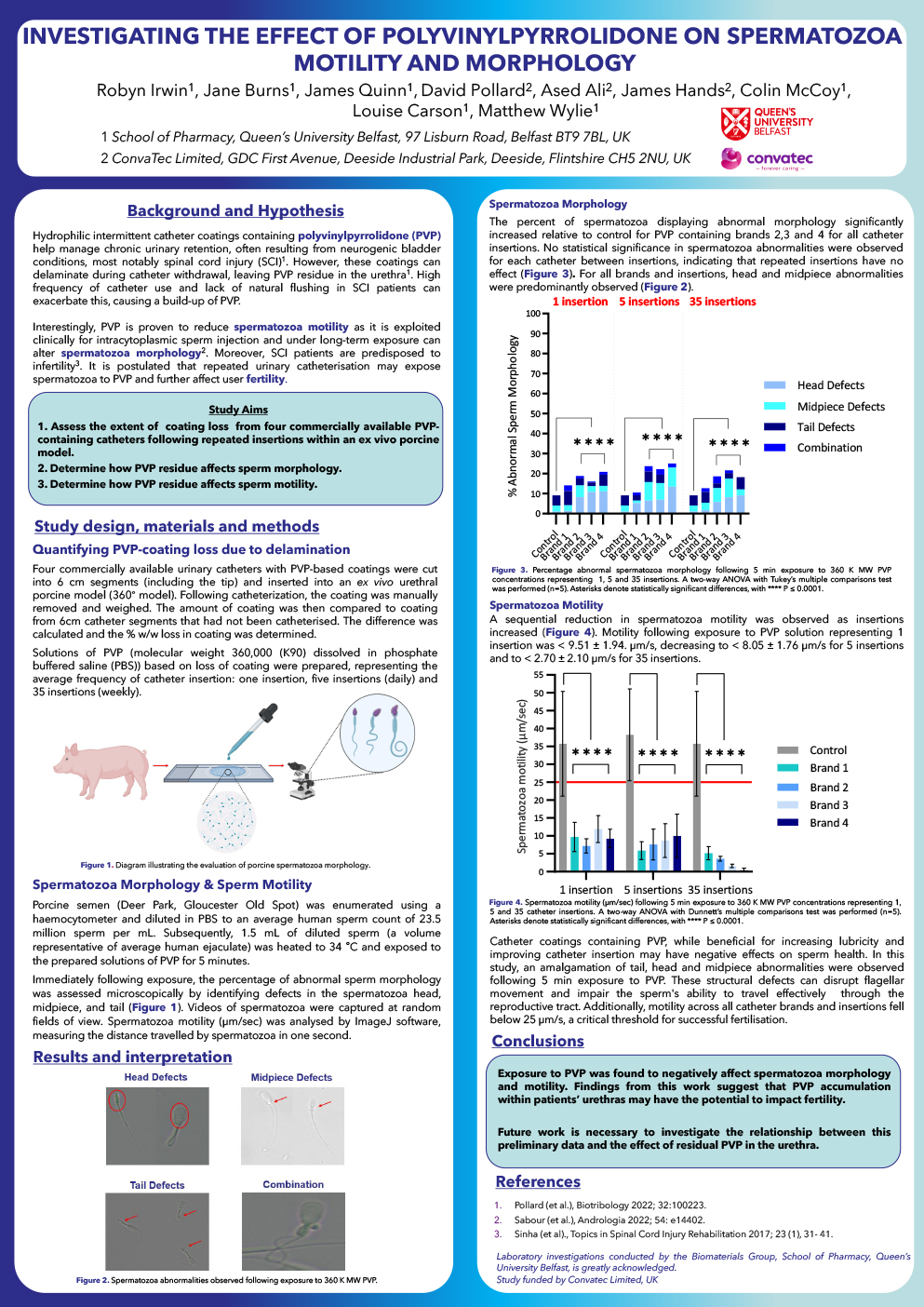How to write a poster for a conference
You might think that writing a poster would be easier than writing an abstract as there are fewer words, but presenting your information visually in a way that engages your audience is a very different process. It is also important to remember that while you are likely to have an opportunity during the conference to present and discuss your poster and its content, it may also be viewed digitally via conference apps or websites, or at points during the conference when you’re not present, so it is vital that it contains all the information that the reader needs. A poster can be a good introduction to presenting work at conferences for nurses who are not experienced at this (Bindon and Davenport, 2013).
What type of poster are you writing?
Depending on the type of conference you are attending, you might be writing an academic research poster (Figure 1), which focusses on presenting research findings, methods and results, or a professional poster, which details innovative practice, quality improvement initiatives, a case series or evidence-based projects in the clinical setting (Figure 2).



